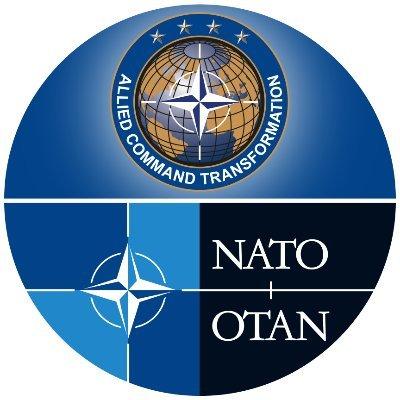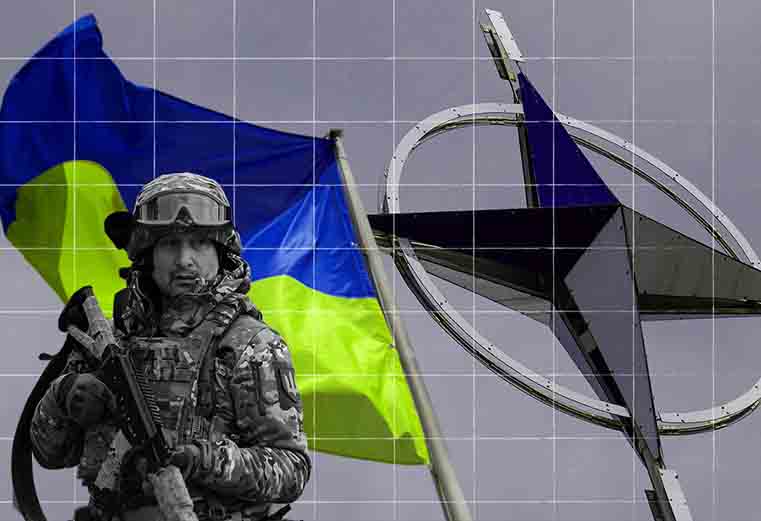In recent years, Russia has aggressively expanded its military capabilities, leading to an increase in troop numbers and weapon stockpiles. However, beneath this facade of growth lies a significant concern regarding the quality and readiness of its forces. While the quantity of military assets has surged, experts highlight that many of these units suffer from chronic issues, including outdated equipment, insufficient training, and low morale. These factors contribute to a disparity between what might be perceived as a formidable military might and the actual capability to execute complex operations effectively.
The Russian military’s current strategy appears to prioritize volume over capability, as evidenced by several key trends:
- Rapid production of hardware: While new weapons systems are introduced, many legacy systems remain in service, causing operational inefficiencies.
- Inconsistent troop training: Despite having a larger number of personnel, the training regimen does not keep pace, leading to a gap in tactical proficiency.
- Logistical challenges: Enlarging the military without corresponding enhancements in logistics and supply chains has resulted in units that struggle to maintain operational effectiveness.
This troubling juxtaposition of quantity and quality raises questions about Russia’s long-term military viability and its ability to project power in a crisis scenario.
Assessing the Impact of Declining Training Standards on Russian Armed Forces
Recent evaluations indicate a concerning trend within the Russian Armed Forces, as an increase in troop numbers is overshadowed by significant lapses in training quality and operational readiness. Analysts point to several factors contributing to this decline, which threaten to transform sheer quantity into ineffectiveness on the battlefield. Among these are:
- Inadequate training resources: Budget constraints and misallocation of funding have led to outdated equipment and insufficient training programs.
- Superficial exercises: Military drills are reportedly designed for show, lacking real-life complexity and failing to simulate actual combat conditions.
- Decline in experienced leadership: A loss of experienced non-commissioned officers and a younger command structure may hinder the transfer of crucial tactical knowledge.
Furthermore, the effects of decreased training standards resonate through various military branches, creating a ripple effect that undermines overall combat effectiveness. Reports suggest that this deterioration not only impacts the immediate capabilities of Russian troops but also diminishes morale and confidence among personnel. Specific concerns include:
- Lowered troop morale: Soldiers are becoming increasingly aware of the lack of preparedness, leading to skepticism regarding their operational success.
- Increased reliance on technology: A shift towards automation and technology may result in overconfidence among personnel, detracting from essential hands-on skills.
- Challenges in joint operations: Coordination between different service branches has been compromised, creating obstacles in multi-domain operations.
Strategic Implications for NATO: Enhancing Preparedness Amid Rising Quantity
The shifting dynamics of military readiness pose a significant challenge for NATO as it confronts an expanding Russian military despite its declining quality. In response to this evolving landscape, the alliance must recalibrate its strategies to ensure robust deterrence and defence capabilities. Enhancing military intelligence will be crucial; improved monitoring of troop movements and equipment can provide critical information that informs strategic decisions. NATO should also focus on strengthening cooperation among member states, fostering seamless coordination in joint exercises and logistics, which can optimize response times in the event of an incursion. Additionally, investing in advanced technologies such as cyber defence systems and artificial intelligence will be key components in maintaining an edge over quantitative increases in Russian forces. Moreover, NATO’s approach to deterrence needs to be more nuanced, balancing the perception of force with the deployment of diplomatic engagements to avoid escalation while still asserting readiness. Targeting key vulnerabilities within Russia’s military infrastructure may provide NATO with strategic advantages, enabling the alliance to exploit weaknesses even amid growing numbers. Here, a focus on interoperability among forces can yield significant benefits, as unified training programs and standardized assessments can empower member nations to respond cohesively. To navigate the complexities of the future battlefield, the alliance must also embrace a culture of adaptability, ensuring that both strategy and forces are prepared to evolve in the face of persistent threats.
Recommendations for NATO: Fostering Alliances and Modernizing Defense Strategies
In light of the shifting dynamics within Eastern Europe, NATO must prioritize the enhancement of its alliances through ongoing dialogue and strategic cooperation. The recent developments in Russia’s military capabilities, while notable, reveal significant flaws in morale and operational effectiveness. To counterbalance this, NATO should focus on the following approaches:
- Strengthening Joint Exercises: Increasing the frequency and complexity of joint military exercises among member states can foster better interoperability and readiness for potential crises.
- Enhancing Intelligence Sharing: Establishing more robust mechanisms for intelligence sharing will enable member countries to have a clearer picture of threats and facilitate rapid decision-making.
- Nurturing Partnerships with Non-NATO Members: Expanding partnerships with non-member countries in Eastern Europe can build a wider security network, deterring aggression through collective security frameworks.
Furthermore, modernizing defence strategies is imperative to adapt to contemporary warfare challenges. This includes investing in advanced technologies such as cyber capabilities and unmanned systems, which can significantly enhance NATO’s defensive posture. Key recommendations for achieving this include:
- Incorporating Cybersecurity Protocols: As threats in cyberspace grow, bolstering NATO’s cyber defenses is crucial, ensuring member states can protect their infrastructures against digital incursions.
- Promoting Innovation in Defense Spending: Encouraging member states to increase their defence budgets, focusing on research and development of cutting-edge military technologies can help maintain a qualitative edge over adversaries.
- Implementing Continuous Training Programs: Regular training initiatives aimed at modern warfare tactics and technologies can ensure that forces are adept and ready to face emerging threats.
